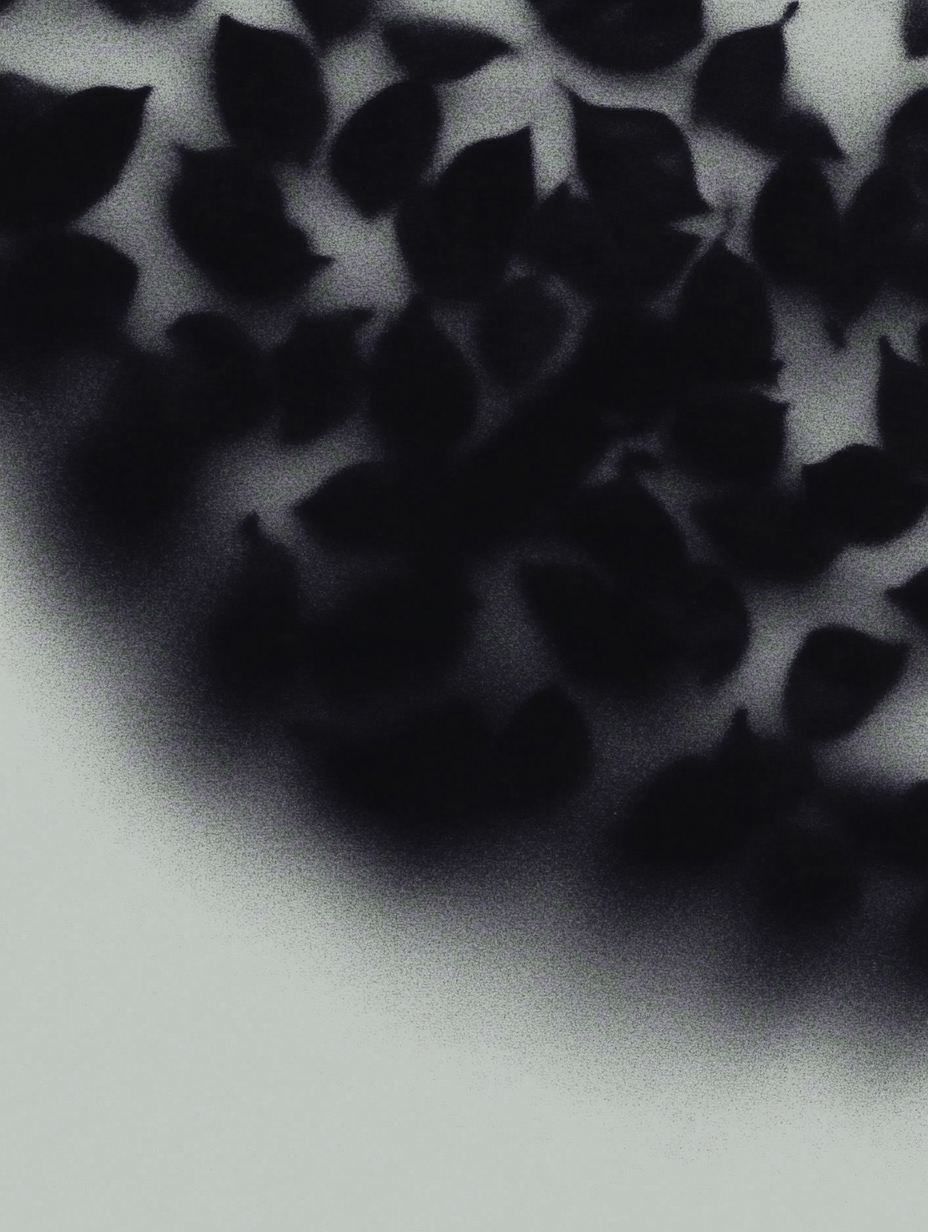Trentemøller: "In Dreamweaver, sogni e realtà si fondono"
- Andrea Ghidorzi

- 11 nov 2024
- Tempo di lettura: 4 min
Trentemøller è una figura che incarna l’antieroe musicale e l’anticonformismo creativo.
Con le sue sonorità eteree e oscure, sfida le convenzioni dell’elettronica, mescolando elementi ambient, post-punk e dark wave in un mix unico e profondo.

Le atmosfere di Anders sono capaci di trascinare in uno spazio sospeso, in cui non esistono tendenze: è un esploratore indipendente, sempre pronto a trasgredire i limiti sonori e a trasportare il pubblico in territori emozionali sconosciuti.
In "Dreamweaver" (In My Room), conduce l’ascoltatore in un mondo dove sogno e realtà si fondono, creando un album che appare sia intimo che surreale. L'artista esplora il confine tra visioni oniriche e esperienze concrete, radicando paesaggi sonori astratti in emozioni sincere. La sua musica è più di una fuga: è un viaggio nel subconscio, un'esplorazione in grado di abbracciare sia luce che ombra.
I brani incarnano questa dualità, invitando a non limitarsi al sogno ma a immergersi nei meandri della propria mente e del proprio essere, scoprendo una bellezza inquietante e profonda.

I sogni e la realtà spesso si intrecciano in modi inaspettati. Come hai bilanciato elementi astratti con un’intimità concreta in questo album? Dove vedi il confine tra visioni oniriche ed esperienze del mondo reale nella tua musica?
Anders Trentemøller: Con Dreamweaver, volevo esplorare lo spazio in cui sogni e realtà si sovrappongono, dove si fondono in modi surreali e profondamente personali.
L’equilibrio nasce dall’ancorare questi elementi astratti a qualcosa di tangibile e intimo.
Immagino il confine tra sogni e realtà come un velo sottile; ascoltando, ci si trova in uno spazio sospeso che sembra quasi reale, ma è appena oltre la portata. La sfida per me era creare una musica radicata che lasciasse spazio all’ascoltatore di perdersi, permettendo al subconscio di emergere. Anche per questo i miei testi sono piuttosto aperti e astratti.

I sogni possono essere sia un rifugio sicuro che una trappola. Hai esplorato qualche aspetto più oscuro e inquietante di essi in questo album? Se sì, come hai portato quelle sensazioni nel suono?
Anders Trentemøller: Assolutamente. I sogni non sono sempre comodi; possono trascinarti in luoghi inquietanti, costringendoti a confrontarti con aspetti che preferiresti evitare. Nell’album, volevo catturare questa dualità: i sogni come via di fuga, ma anche come accesso a zone più oscure o riflessive. Per trasmettere queste sensazioni, ho usato suoni o melodie che creano dissonanze o una leggera instabilità, come ombre che aggiungono tensione appena sotto la superficie.
Mescolando questi suoni cupi con elementi melodici e sereni, spero di aver creato un paesaggio sonoro che rifletta tutto ciò che i sogni possono essere: sia un rifugio che un confronto.
Penso che una canzone come Dreamweaver riunisca tutti questi strati in un unico brano; è per questo che la considero una sorta di tema dell’album.
ENGLISH VERSION
"In Dreamweaver, dreams and reality merge."
Trentemøller is a figure who embodies the musical anti-hero and creative nonconformist.
With his ethereal and dark soundscapes, Anders Trentemøller defies electronic conventions, blending ambient, post-punk, and dark wave elements into a unique and profound mix.
His music creates atmospheres that transport the listener into a suspended space, free from trends: he is an independent explorer, always ready to push sonic boundaries and carry his audience into unexplored emotional territories.
In Dreamweaver, released on "In My Room", the Danish artist leads the listener into a world where dream and reality merge, creating an album that feels both intimate and surreal. He explores the boundary between dreamlike visions and concrete experiences, grounding abstract soundscapes in sincere emotions. His music is more than an escape; it is a journey into the subconscious, an exploration that embraces both light and shadow.
The songs embody this duality, inviting us not just to dream but to dive into the depths of our own mind and being, discovering a beauty that is both unsettling and profound.

Dreams and reality often blur together in unexpected ways. How did you balance abstract elements with a concrete intimacy in this album? Where do you feel the line is between dreamlike visions and real-world experiences in your music?
Anders Trentemøller: With Dreamweaver I wanted to dive into the space where dreams and reality overlap, where they blend in ways that are both surreal and deeply personal. The balance came from grounding those abstract elements in something tangible, something intimate. I think of the line between dreams and reality as a kind of thin veil; when you listen, you’re in this liminal space that feels almost like it could be real, but it’s just out of reach. For me, the challenge was to create music that feels grounded but leaves room for the listener to get lost in it, to let their own subconscious bring something to the experience. That's also why my lyrics are quite abstract and open.
Dreams can be both a safe haven and a trap. Did you explore any darker, unsettling aspects of them in this album? If so, how did you bring those feelings into your sound?
Anders Trentemøller: Absolutely. Dreams aren’t always comfortable — they can pull you into places that feel unsettling, where you’re faced with things you may not want to confront. On the album I wanted to capture that duality, where dreams offer escape but also bring you into darker or more reflective corners. To convey those feelings, I used certain sounds or melody tricks that feel dissonant or slightly off-balance, almost like a shadow. It’s subtle, but these elements create a kind of tension, something that lingers just beneath the surface. By layering those darker sounds into the more serene, melodic elements, I hoped to create a soundscape that reflects the full spectrum of what dreams can be — both a refuge and a confrontation.
I think a song like Dreamweavers has all these different layers combined in one sing. It’s why I feel it’s kind of the theme song of the album.



.png)
Commenti